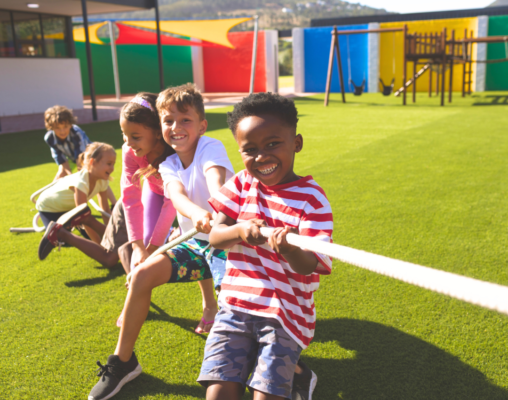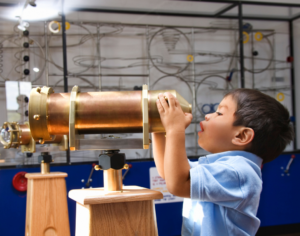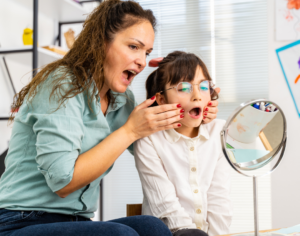Proprioception: The Sixth Sense & Activities to Help Regulate
When discussing sensory integration and regulation with families, I often get confused looks when I mention the word “proprioception“. So, what does this word mean and why are occupational therapists always talking about this?

What is it?
Proprioception is the body’s ability to sense position, movement, and force. It relies on receptors located in our muscles, joints, and tendons, which provide constant feedback to our brain. This feedback allows our bodies to feel organized internally and interact with the world around us in a more coordinated and purposeful manner. Aside from supporting a good sense of one’s body, proprioception provides calming and regulating input to the nervous system.
Body Awareness: Body awareness is knowing where the body is positioned in space. This is what allows us to close our eyes and locate various body parts, or learn a new dance. It also allows children to understand bodily sensations associated with different emotions. By being more aware of their bodies and how they are feeling, children are more likely to express how they are feeling accurately and cope with bigger emotions, promoting self-awareness.
Sensory Integration: Sensory integration is the brain’s ability to process and combine sensory information from various sources. When proprioceptive input is integrated with other sensory inputs, children develop a more comprehensive understanding of their environment, reducing sensory overload and facilitating emotional stability. This makes sense when you remember how calming and organizing proprioceptive input is to the body!
Social and Emotional Learning: Incorporating proprioceptive activities in social and emotional learning environments can be beneficial for children. Combining movement and emotion-focused learning creates an interactive and engaging environment that promotes emotional regulation, empathy, and social skills development.
Would My Child Benefit from Proprioceptive Input?
Truth is, anyone can benefit from proprioceptive input! However, some children have a low sensory threshold and may seek out more opportunities for this input. These seeking behaviors may look like:
- Lands hard on their feet when jumping
- Seeks out pushing/pulling activities
- Seeks out and enjoys tight spaces
- Loves rough & tumble play
- Bites or chews on objects
- Uses excessive pressure when writing
- Enjoys jumping & running often
- Seeks out tight hugs frequently

Heavy Work Activities
Heavy work is a word therapists may use when discussing this input, which is simply another name for proprioceptive input. Enjoy these heavy work activities and have fun making them your own and using them in different ways!
- Animal walks
- Bear walks, crab walks, frog jumps, and bunny hops are always a hit!
- Wheel-Barrow Races
- Wall or chair push-ups
- Carrying heavy objects such as books, or wearing a backpack full of toys/books
- Crunchy snacks and blowing bubbles are great for oral input
- Pulsating deep pressure squeezes to arms, wrist, ankles, and feet
- Hopscotch
- Playing tug of war
- Yoga
- Building a fort
- Jumping on a trampoline
When?
Participating in these activities when your child is already calm and regulated is best and can help decrease the intensity and frequency of dysregulation or meltdowns. When a child is in a state of dysregulation, flight or fight mode is activated, which often overrides the logic and reasoning part of the brain.
Conclusion
Proprioception, the often-overlooked sense, holds great potential for helping children regulate their emotions. By fostering body awareness, sensory integration, and social and emotional learning, heavy work activities can become valuable tools in promoting emotional well-being in children. For even more OT-approved summer activities, check out one of our other blogs here!
Written by Lauren Calderone, MOT, OTR/L


